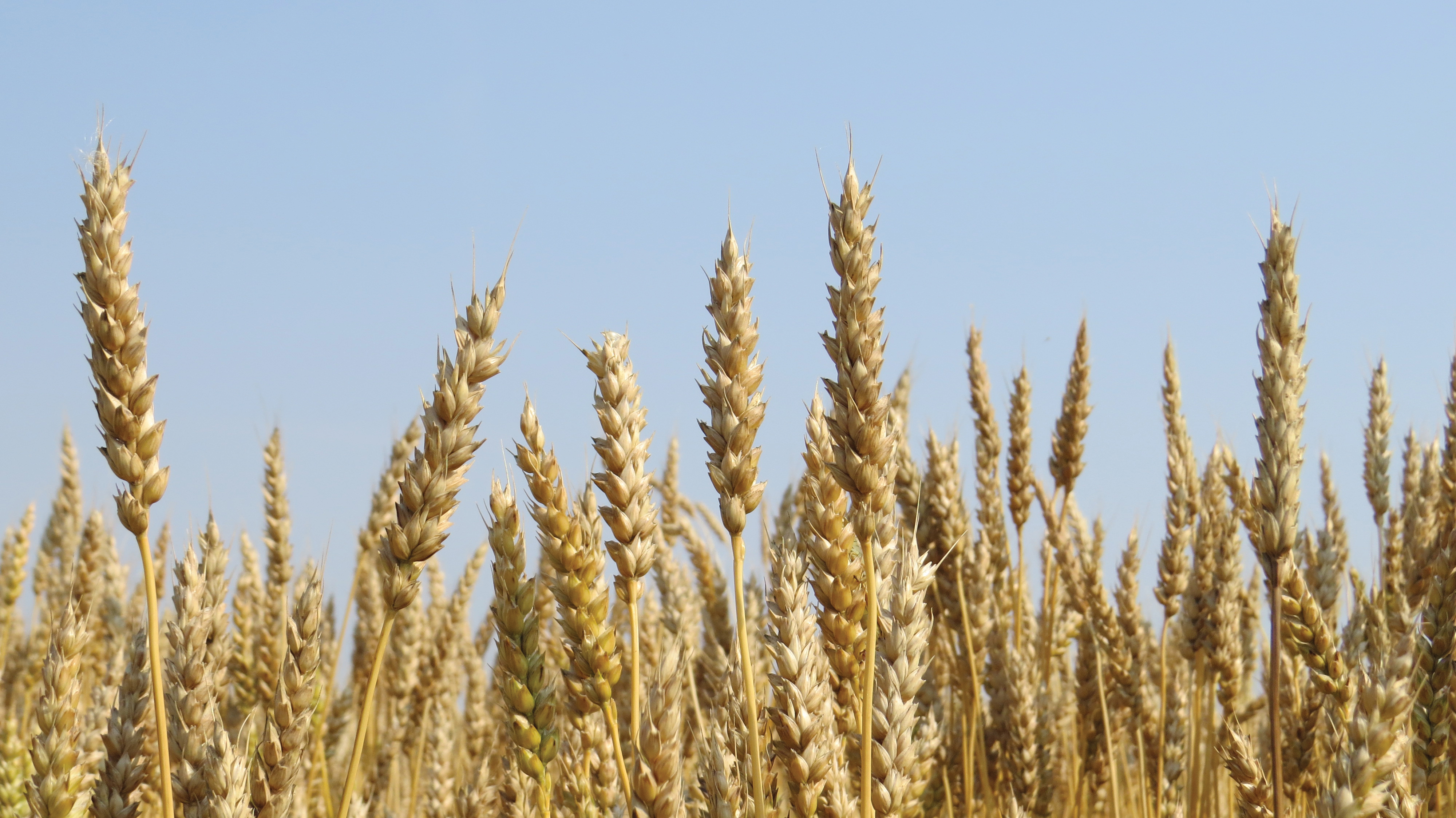THE BIGGEST YET
WHEAT GENOME MAPS WORLD OF POSSIBILITIES
BY JEREMY SIMES
The labour-intensive task of decoding one of the world’s highly consumed wheat varieties has made headway in Saskatoon, SK.
Led by the University of Saskatchewan’s Curtis Pozniak, under the Canadian Triticum Advancement Through Genomics (CTAG), the project’s goal is to create a supreme reference genome sequence of the bread wheat genome using DNA from the Chinese Spring variety.
Sequencing the entire genome will cost about $21.6 million. The CTAG project alone received $8.5 million in funding, with $1.6 million going towards the sequencing and assembly of chromosome 1A. In fact, the wheat genome is five times larger than the human genome, and only 20 per cent of it contains genes.
Due to the large size and complex structure of the bread wheat genome, substantial barriers have made it difficult for researchers to map it fully. However, recent technological advances mean researchers can now undertake the hefty task.
“We can develop a high-quality reference sequence in a much more rapid way because of new technology that wasn’t available four or five years ago,” explained Pozniak.
In particular, Canada will sequence chromosome 1A, which contains key genes that determine dough strength and disease resistance. As a global effort, CTAG will also work on chromosome 1A with researchers in Switzerland and Turkey.
“There are a lot of interesting genes on 1A. Many quality aspects reside on it,” Pozniak said. “But the project goes beyond 1A. We have access to other breeding information through international partners that we may want to use.”
Once sequenced, the efficiency of selecting specific traits will be greatly enhanced for breeders who will develop new varieties, said Kofi Agblor, managing director of the Crop Development Centre in Saskatoon.
“Ultimately, the project will help pinpoint varieties that impact producers, improving their outcomes by using a product that has less quality issues.”
Cultivars must continually be improved to cope with changes in the production environment—it reduces the dependence on pesticides and production costs, and provides marketing advantages, attracting consumers and exporters, said Chris Barker, chief scientific officer at Genome Prairie.
“Having a wheat genome sequence is a blueprint. It impacts possible varieties coming out from programs, and it’s important to have the best varieties used on farms.”
Canada will also develop a database of all the genes, which can be used for future marker-assisted selection and genome-wide selection strategies.
Genome selection is about taking new technology to the next level, Barker added.
“Advances in technology allow you to build that database, and understand all of those regions in the chromosome,” he explained. “There’s never an ideal variety because things are constantly changing. The strategies are really about allowing breeders to be more productive to provide better products for farmers.”
The project will examine four more additional objectives: sequencing the exome of key Canadian wheat cultivars; identify single nucleotide polymorphism (SNP) markers; developing high-throughput SNP genotyping for wheat breeding; and examining the role of public breeding institutions.
“Those objectives all fit together,” Barker said. “They are all very important for the wheat industry as a whole. Developing sequences is critical to understanding what breeders have done, and what diversity is out there for Canadian varieties right now.
“While canola is king these days, king wheat goes way back. Wheat is an essential crop on the Prairies, and this project makes sure Canada is a leader, providing cutting-edge research.”
The project is set to finish in 2016.







Comments